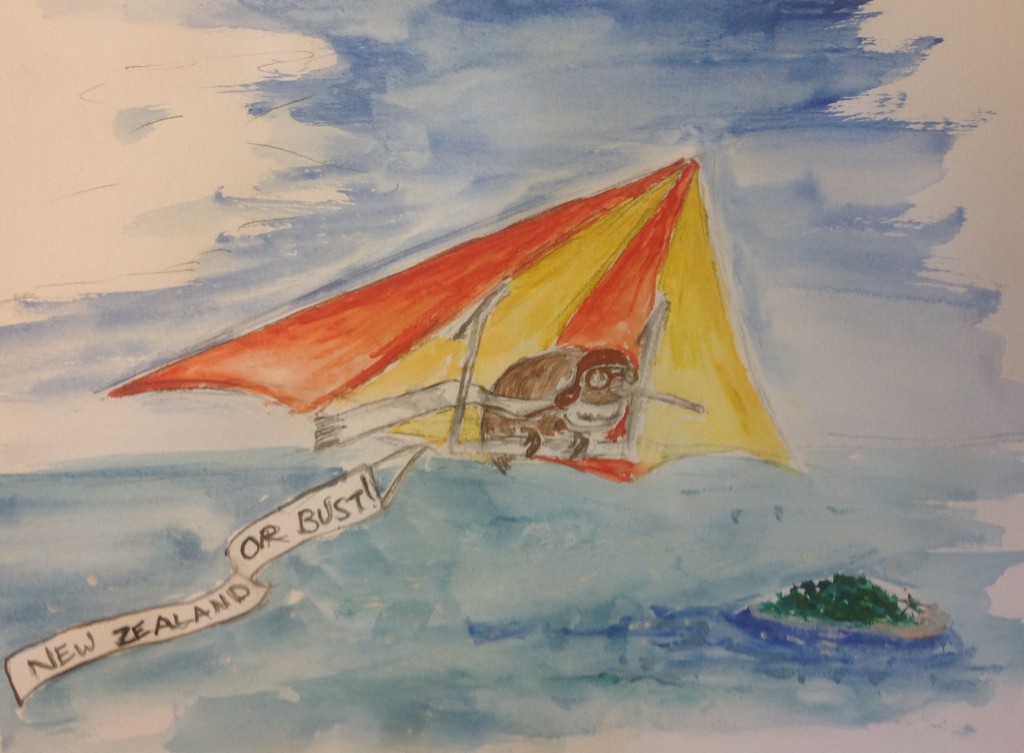Background:
In 1996, Kenneth Wilson and Rhonda Blitchington pioneered the use of DNA sequencing to analyze the composition of microbes in human fecal samples (Wilson and Blitchington 1996). Since then, studies around the world have investigated the specific make-up of the human gut microbiome via sequencing technologies. The most common way to analyze the composition of the microbiome is Next Generation Sequencing (NGS). The use of NGS has identified of a large number of microorganisms found in the human gut.
Analysis of sequence data can identify types, abundances, and shifts in the composition of the gut microbiome of people with medical conditions and health concerns. Finding potential links between diseased states and the makeup of the human gut microbiome begins with DNA analysis of the “condition” gut, and continues with comparison to the types and abundances of microbiota in the “healthy” human gut. Continue reading “Defining the Core: the Human Gut Pan-Microbiome”


